
Support Team
Feedback:
support@nextpcb.comMany PCB procurement or engineers looking for PCB manufacturers to do the board, always feel the price is high. But neither know where the cost is too high, but also do not know how to optimize the cost under the premise of ensuring the quality of the board. So they can only compare the different prices to accept the lowest one.
To help everyone to reduce the cost of PCB manufacturing We share the super practical PCB procurement guide. 10 tips to reduce the cost of PCB are follow:
A PCB substrate is a dielectric material most commonly composed of epoxy resin and glass fiber weave (sometimes unwoven) which is used to hold the traces and components in PCB stack-up. These materials may be supplemented by ceramics to increase the dielectric constant. The substrate material chosen will determine the mechanical, thermal, and chemical properties of a circuit board.
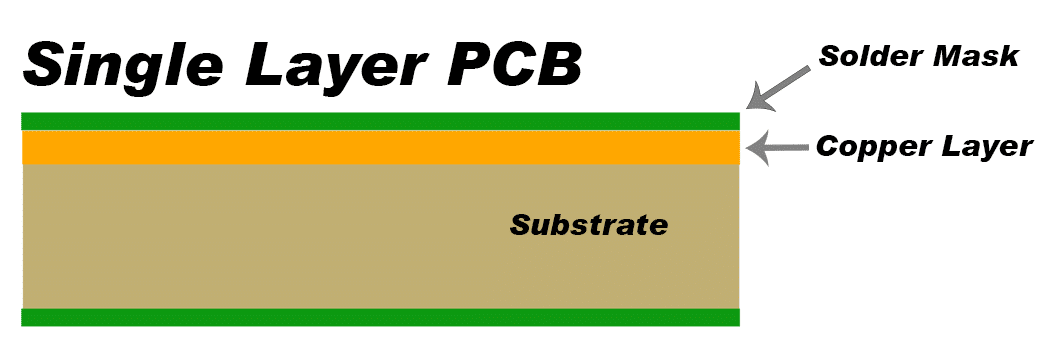
Different brands of plates, the price is not the same. For example, GDM will be cheaper than the KINGBOARD, SYTECH, Nan Ya when substrate TG value more than 150℃, Pre-preg sheet thickness more than 0.2mm with multilayer board. But GDM iis generally used to do more single-sided, not recommended for multilayer boards. There are also some unknown miscellaneous plates, cheaper, can also be used but with relatively poor performance, the probability of quality problems will be relatively high.
If you order multilayer PCBs which are more than 8-layer, you need to use a better performance of the board, it is recommended to use the TG170 better, more cost-effective.
PCB ink is the ink used for Printed Circuit Board (PCB), where the important physical properties are the ink's viscosity, thixotropy and fineness. These physical properties need to be known in order to improve the ability to use the ink.
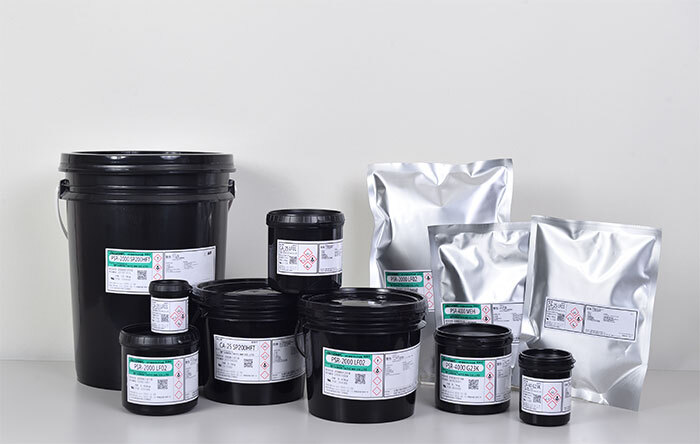
There are 2 factors that need to be considered: color and brand.
Color, the most common is green oil, but if you want to use special colors of ink, such as blue oil, white oil, yellow oil, black oil, etc., will generally increase the price.
Brand-wise, the best one is currently TAIYO ink, which mainly shows high viscosity, stable dielectric constant, good insulation and oxidation resistance, but it is more expensive. Other brands of ink will be relatively cheaper, but the quality is not particularly stable. If it is used in bulk for products, we recommend using TAIYO ink, the quality is stable, and the products run relatively stable.
PCB films are acidic or alkaline protective coating to transfer the circuit patterns to CCL, they are usually divided into negative film and positive films.
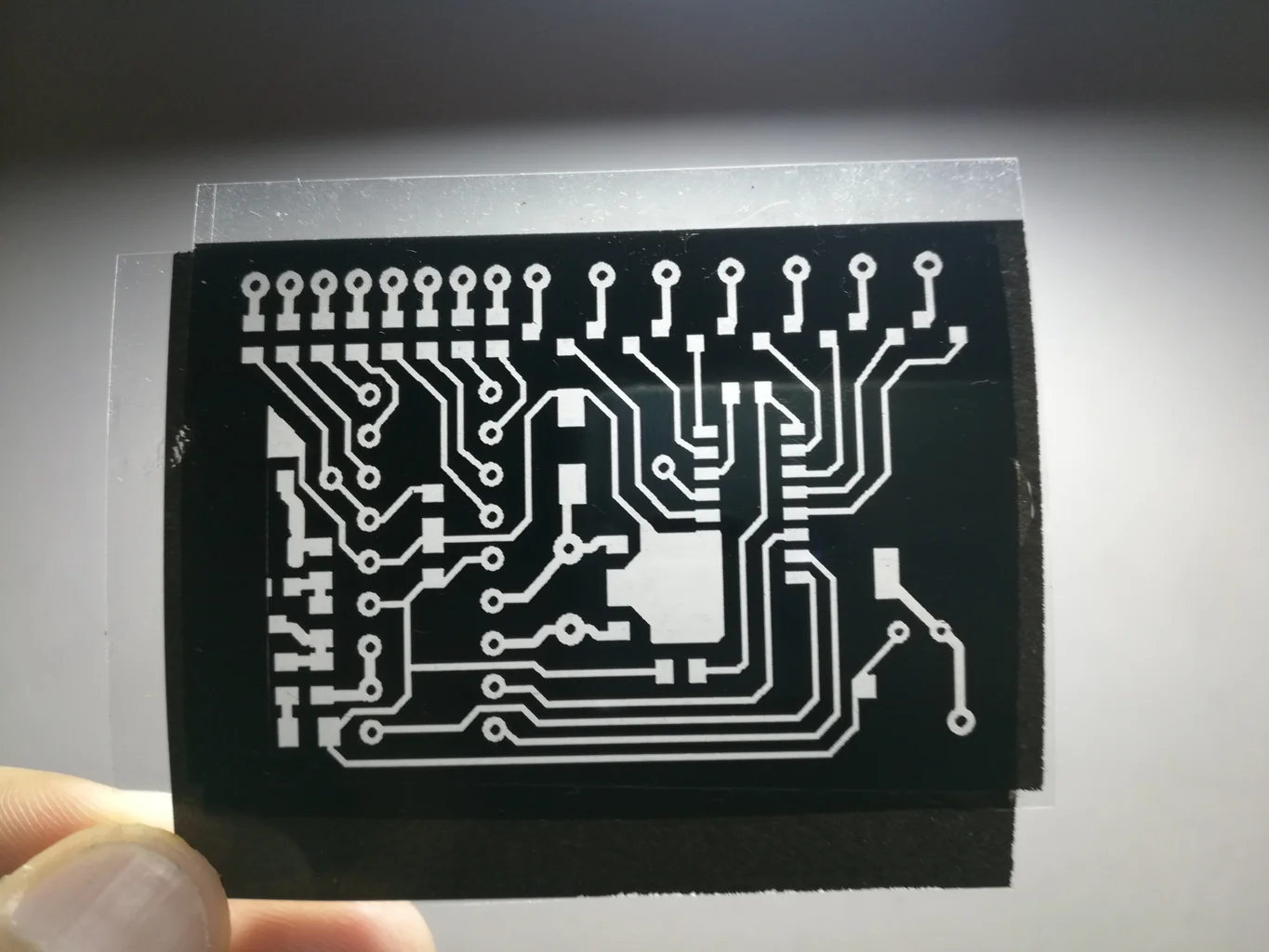
If there are small boards, line width pitch 5/5 mil or more batch board, the manufacturer will choose to use film for the sake of capacity. And the larger the board size, the higher the filming cost, generally the minimum cost is between $16-32. (Small batch prototype production usually uses the LDI exposure machines rather than film. And batch for the pursuit of capacity will first use film, and then use LED traditional exposure.)
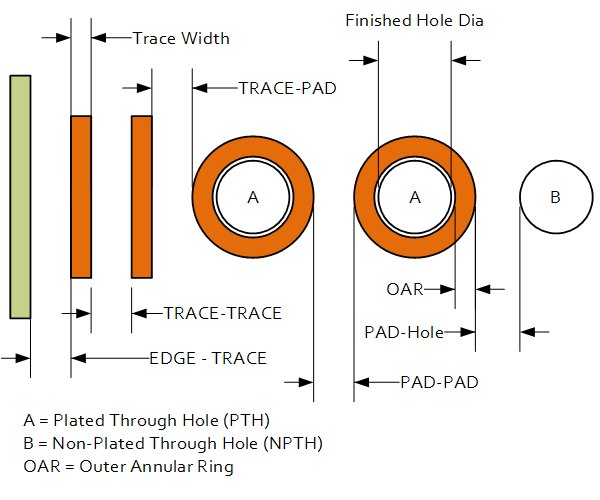
The thinner the line, the higher the price. When the width or spacing of line spacing is lower than 5/5 mil, generally the price will increase. Because of the thinner line, the accuracy requirement of the equipment and the quality of the chemical solution will be higher. At the same time, the yield will be relatively low, resulting in higher costs.
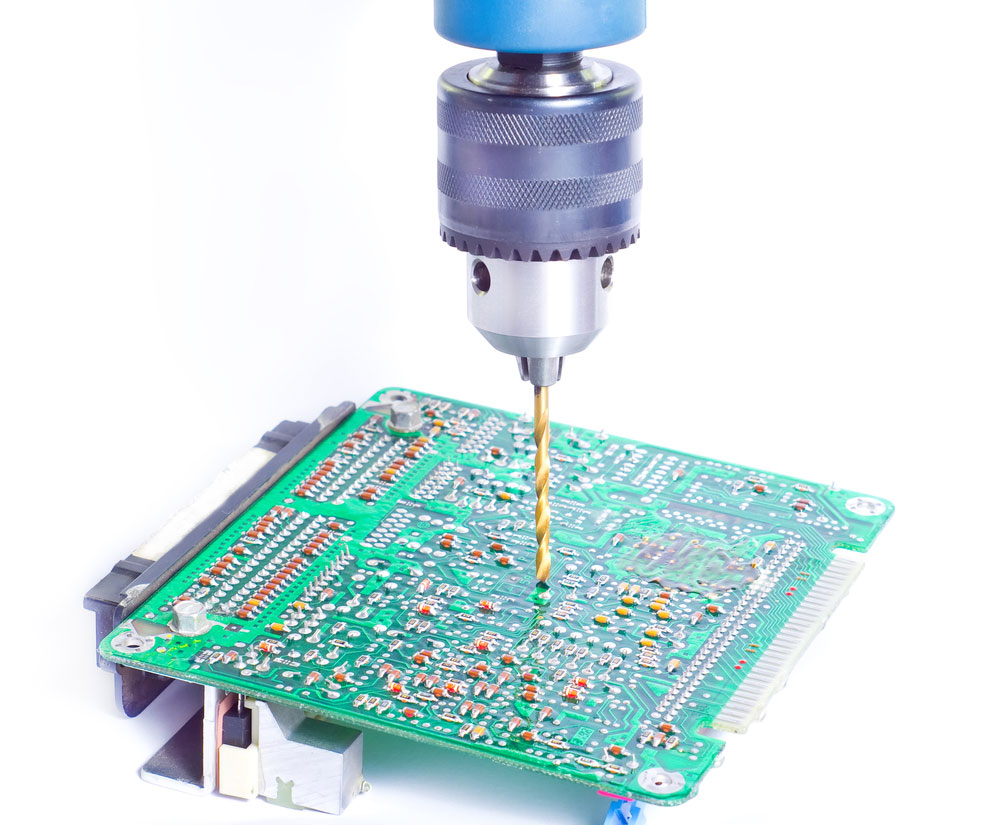
The smaller the hole the higher the price, the diameter of less than 0.3mm will increase the price. The more holes the higher the price will be. There are other special holes which will also increase the cost, such as half-hole, greater than 6.0mm PTH hole, etc.. Because the hole is small, only one board can be drilled at a time when punching holes in the PCB material, which is less efficient, and the possibility of breaking the drill nozzle is also greater, leading to higher costs.
Generally, most PCBs are manufactured using a copper thickness from 1 oz. to 3 oz.
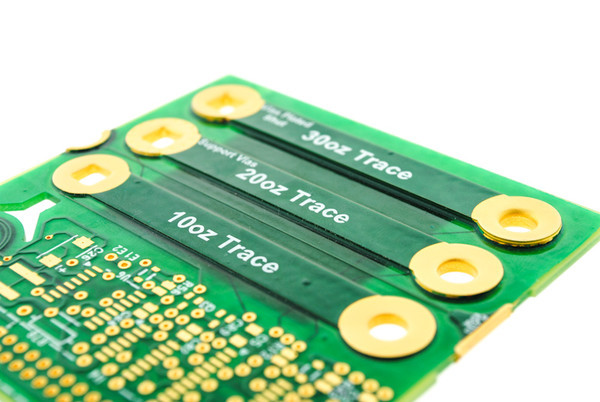
Surface copper ≥ 2oz copper thickness, hole copper greater than 25μm board will increase the cost. Because the price of copper itself is more expensive, the thicker the copper price will be higher. In addition, the cost of extra electric copper, resulting in an overall price increase.
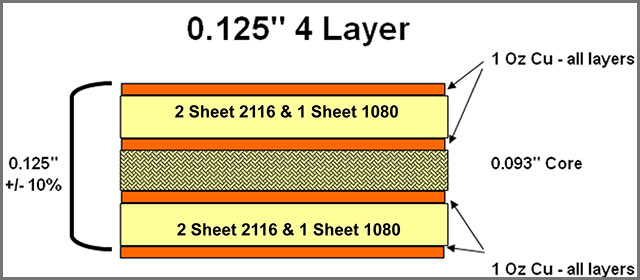
PCB price difference of the Board thickness is not significant in 1.2 and 1.6mm. But if the board thickness is not less than 2.0mm, its cost will increase accordingly. The thicker the board represents the more sheets of glass fiber cloth, so the cost will increase.
A routing slot is a hole that is too big to be formed by normal drilling methods in the circuit board.
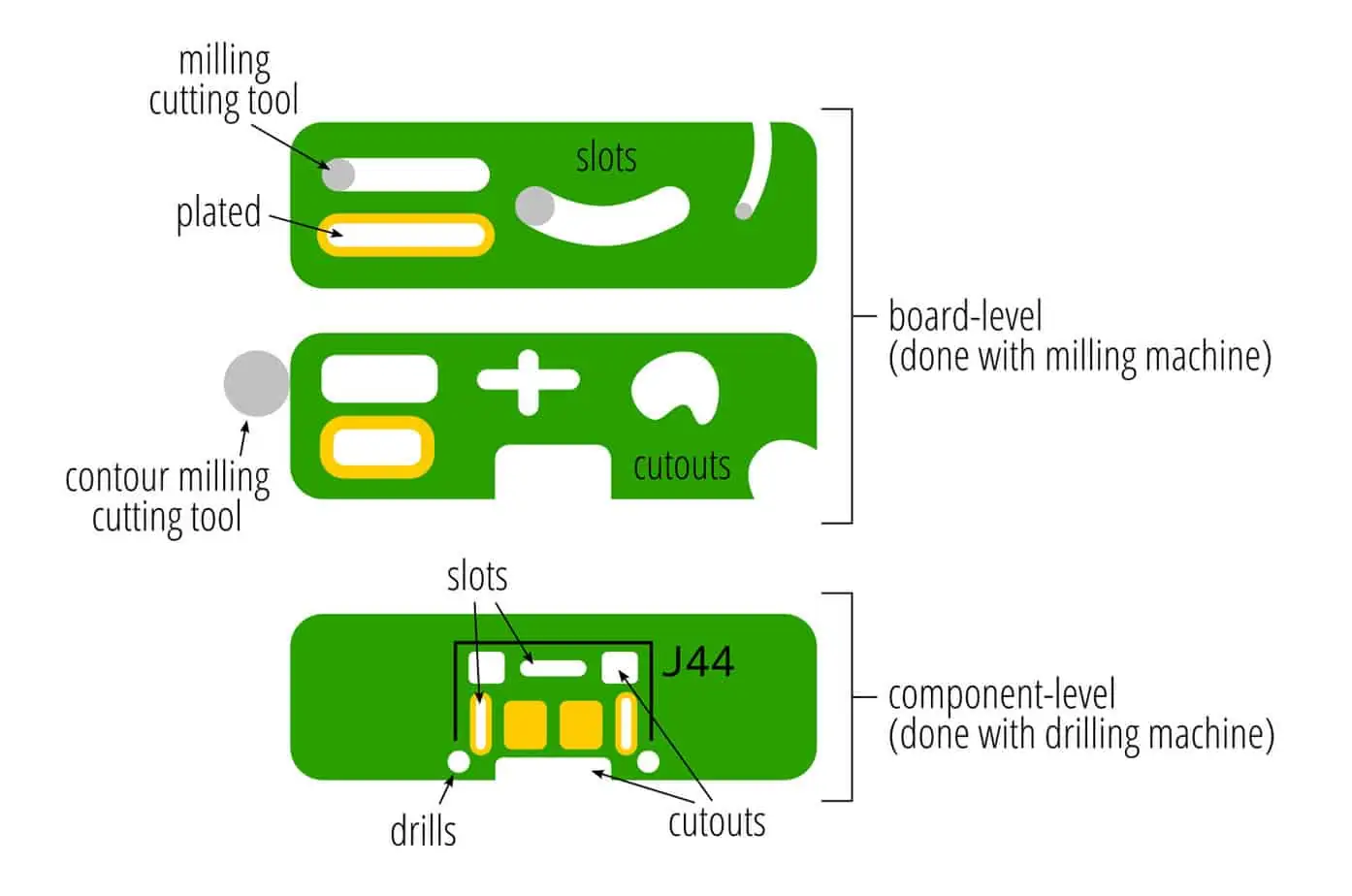
The cost will increase for more gong slots and the size of gong slots below 1.0mm. This is because the board with more gong slots is mostly shaped, resulting in the processing length being elongated, and in addition, if the width of the slot is smaller, the processing cannot be too fast, and it is easy to break the milling cutter, so the processing efficiency is lower and the natural production cost increases.
Common surface finish processes are: OSP (antioxidant), Immersion Tin (Sn), lead-free Immersion Tin (environmental protection), Electrolytic Hard Gold, Electroless Nickel Immersion Gold (ENIG) and some combination of processes. The price of the above process is more expensive, i.e.: OSP (anti-oxidation) <Immersion Tin (Sn) <lead-free Immersion Tin <Electrolytic Hard Gold <ENIG.
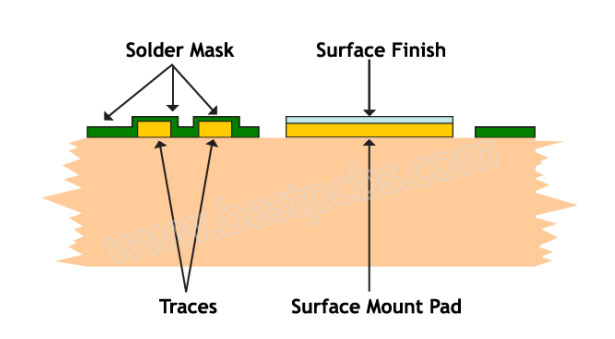
It is worth mentioning that generally the immersion Tin is used more often as the high cost performance. But some manufacturers' OSP process is even more expensive than immersion Tin! This is because for cost reasons, the prototype factory will be a number of customers of the same process of the board together for shipment, but because OSP is difficult to tin so fewer customers need, which leads to OSP process of the board patchwork difficulties, can only be shipped separately, so the price will rise a few dozen dollars.
Mold costs: If it is a prototype or small batch, the general board factory is used to drill and mill the shape, without additional milling fees. However, if it is a large volume, you need to open a mold to punch the board, resulting in a set of mold costs, the board factory generally quoted in more than $160.
Test fee: If it is a sample or small batch, generally use the flying probe test, the cost varies from $16-64 (depends on the number of test points to determine the file). If it is a large volume to open the test frame to test, high efficiency and lower overall cost! Test rack costs are generally between $160-210.
Unless the product itself is not required, the manufacturing board should be considered the cost, the above 10 aspects should be considered in place. Otherwise, once the whole product project is done in large quantities, it is possible to find a loss!
To do a good job, an artisan needs the best tools. Therefore, we recommend a free PCB design analysis software for manufacturability(DFM) which can be a key analysis of PCB price and cost warning, as one of the references when you do cost optimization.
Still, need help? Contact Us: support@nextpcb.com
Need a PCB or PCBA quote? Quote now